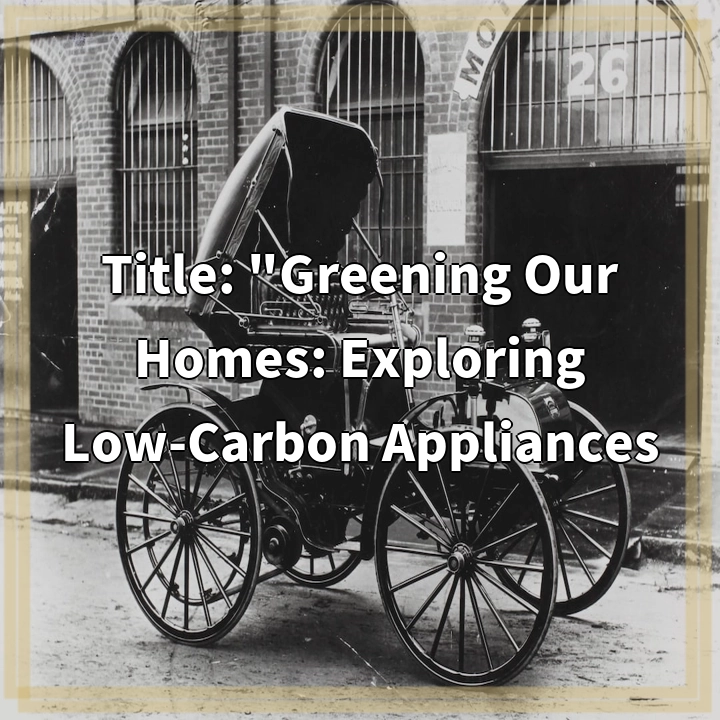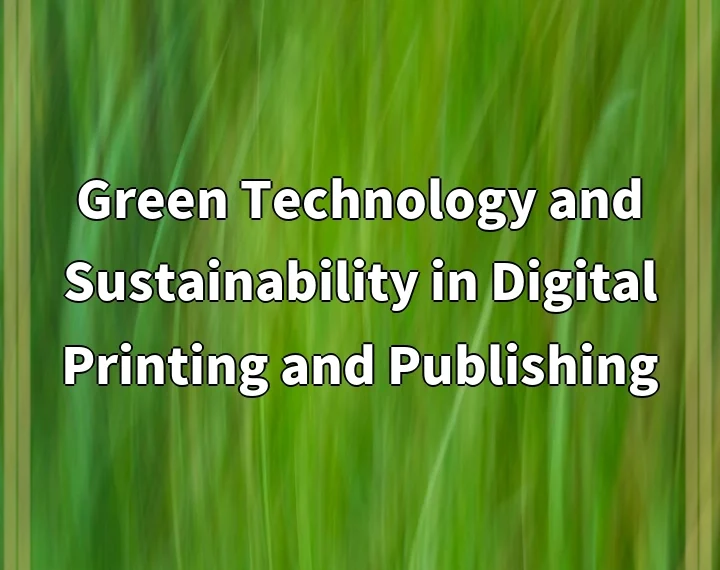
What it is:
In today’s world, where environmental consciousness is on the rise, greening our homes has become a priority. One crucial aspect of this endeavor is exploring low-carbon appliances. These are household appliances that are designed to have minimal environmental impact during their production, use, and disposal.
Real-World Problems:
Despite the increasing availability and affordability of low-carbon appliances, there are still several challenges associated with their adoption on a larger scale. These problems include:
1. Affordability:
Low-carbon appliances often come with a higher upfront cost compared to their conventional counterparts. This cost barrier can make it difficult for some households, particularly those with lower incomes, to invest in these energy-efficient alternatives. Finding ways to make low-carbon appliances more affordable and accessible is crucial for widespread adoption.
2. Lack of Awareness:
Many consumers are not aware of the benefits of low-carbon appliances or may not understand how these appliances can contribute to reducing their carbon footprint. Educating consumers about the environmental advantages, potential cost savings, and long-term benefits of opting for low-carbon appliances is essential to increase their demand and usage.
3. Limited Product Options:
While there has been progress in developing low-carbon appliances, the range of available options is still limited compared to conventional appliances. This can hinder consumer choice and limit the adoption of greener alternatives. Encouraging manufacturers to invest in research and development of a wider variety of low-carbon appliances can help address this issue.
4. Infrastructure Requirements:
Some low-carbon appliances, such as electric vehicles or heat pumps, require specific infrastructure for efficient operation. For example, electric vehicles require electric charging stations, and heat pumps require appropriate heating or cooling systems. The lack of infrastructure can pose challenges for individuals who wish to transition to low-carbon appliances and need supporting infrastructure in their communities.
5. Disposal and End-of-Life Management:
Proper disposal and management of outdated low-carbon appliances can be a challenge. Ensuring that these appliances are recycled or disposed of responsibly is crucial to minimize environmental impact. Developing effective recycling systems and encouraging extended producer responsibility can help address this issue.

Solutions:
Addressing the challenges associated with the adoption of low-carbon appliances requires a multi-faceted approach. Here are some potential solutions:
1. Affordability:
Government incentives, subsidies, and tax breaks can help reduce the upfront cost of low-carbon appliances, making them more affordable for a wider range of households. Financial institutions can also provide low-interest loans or flexible financing options to encourage the purchase of energy-efficient appliances.
2. Education and Awareness:
Investing in educational campaigns and programs can help increase awareness about the environmental benefits and long-term cost savings associated with low-carbon appliances. Providing easily accessible information, such as energy labels and efficiency ratings, can empower consumers to make informed choices and understand the environmental impact of their decisions.
3. Research and Development:
Governments and organizations can prioritize funding for research and development of low-carbon technologies. This can lead to the development of more energy-efficient and cost-effective appliances, expanding the range of options available to consumers. Collaboration between researchers, manufacturers, and policymakers can drive innovation and ensure a steady stream of new and improved low-carbon appliances in the market.
4. Infrastructure Development:
Governments and local authorities can invest in the necessary infrastructure to support the widespread adoption of low-carbon appliances. This includes expanding electric charging networks for electric vehicles, promoting renewable energy generation, and upgrading heating and cooling systems to accommodate efficient appliances. Public-private partnerships can also play a crucial role in developing the required infrastructure.
5. Extended Producer Responsibility:
Implementing regulations and policies that hold manufacturers responsible for the end-of-life management of their appliances can improve recycling rates and proper disposal practices. Encouraging manufacturers to design appliances with recyclable materials and offering incentives for eco-friendly product design can also contribute to a more sustainable lifecycle for low-carbon appliances.














